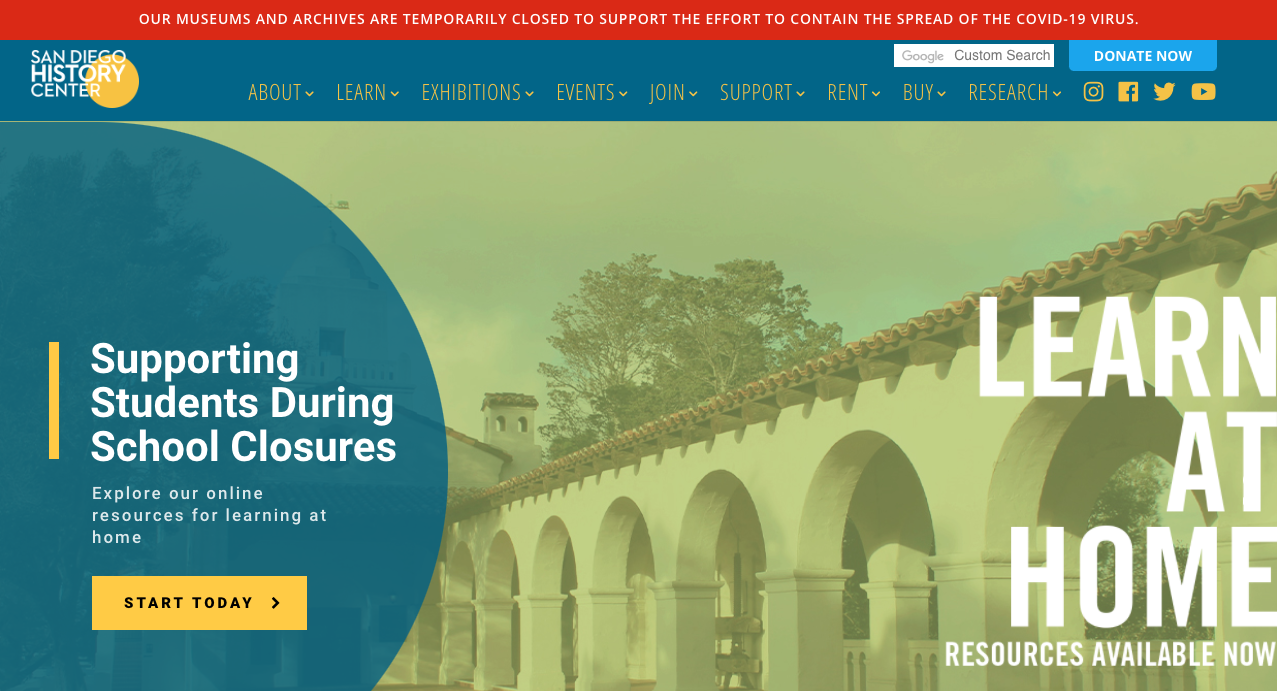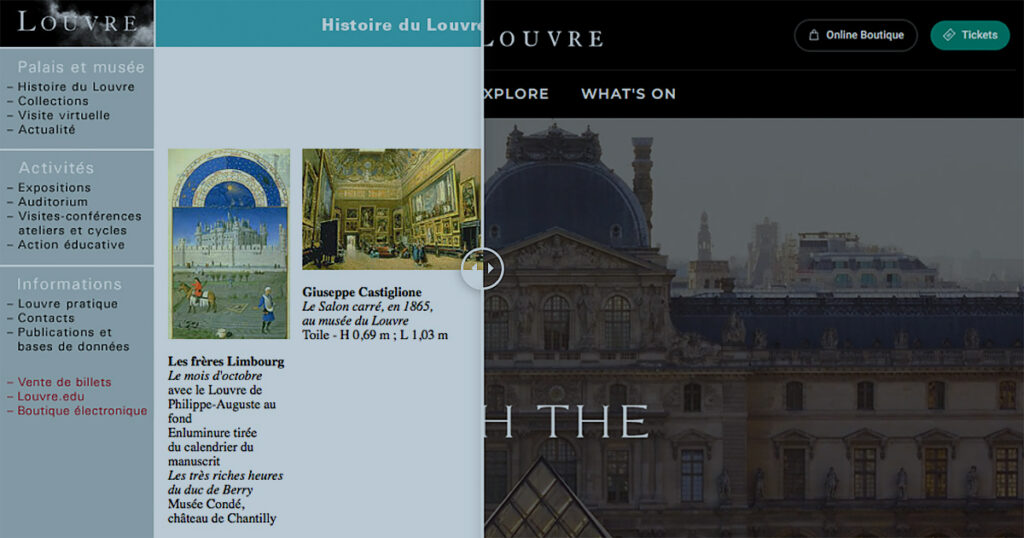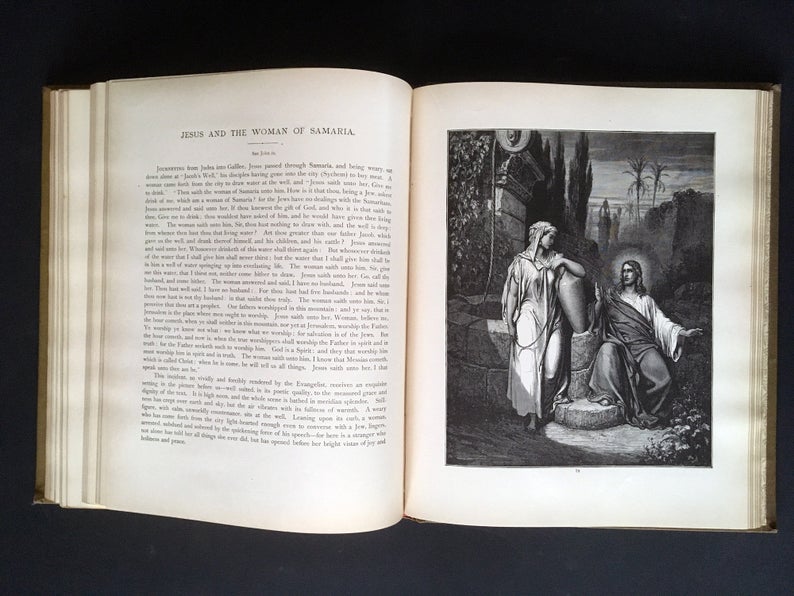How do you keep your school-aged children engaged with learning while schools are closed? This is the question millions of parents around the world are asking themselves as they try to balance their own careers with their new jobs as homeschool teachers.
As a museum, you know that you’ve got the resources and expertise to keep children learning and growing, but you might not have the channels to share them, especially if you’re working from home. What if your museum’s website wasn’t built with hosting lesson plans in mind? Or you never produced a virtual tour? Or an online collection? How can you continue to achieve the educational goals of your museum when you can’t reach your visitors?
You work with what you’ve got.
This week, we noticed that the San Diego History Center has a new link on its home page to online resources for home learning. It’s a very timely resource that extends the mission of the History Center and provides useful activities for parents and children trying to figure out how to make the most of their time at home. How were they able to build such a valuable resource in such a quick response to an ongoing crisis?

What makes this link so noteworthy for this moment is that it’s all built out with free online resources that exist outside of the History Center’s own web platform. When you click through the banner you land on a Google Site created filled with links to lesson plans, audio and video clips, and other resources that can be used at home. The lesson plans and activity sheets are built with Google Slides, and you’ll also find questionnaires built with Google Forms, both of which are free tools available to anyone with a Google account. A temporary resource center like this can be built from your own home, as long as you have enough resources already available digitally.
What is Google Sites?
Google Sites is a free web page creation tool. It’s actually been around for over a decade, but its latest version is the most user-friendly. Practically anyone can build a simple page within a matter of minutes. On the front end, the pages are rather simple looking — think the polar opposite of Geocities — but the backend is surprisingly flexible considering its simplicity.
Starting with a blank slate or a pre-formatted layout, you can quickly add page builder-like elements such as text blocks and images, as well as slightly more advanced UI elements like buttons and collapsable text (accordions).
And because it’s a Google product, you can easily embed files from Google Drive or videos from YouTube. So if your museum already uses Google Drive for storage, you can start adding your lesson plans to a page right away. It’s not a replacement for your website, but it’s an opportunity to continue to serve your community at home, from home.










